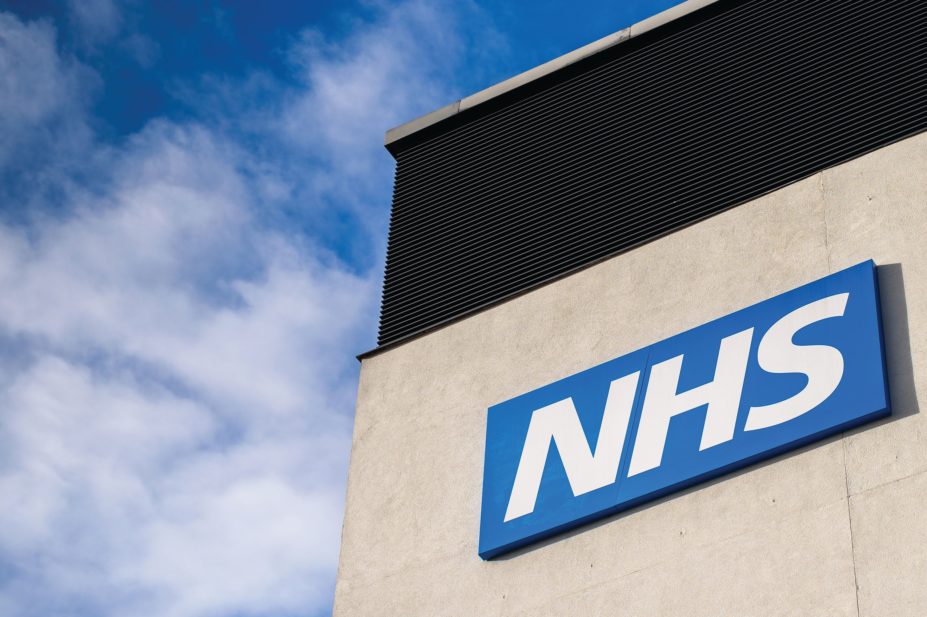
Shutterstock.com
Pharmacy spend will be one of the focus points in a new system of assessing how well trusts are using their resources.
An assessment framework — which will be introduced from next month — sets out the key lines of enquiry, prompts and rating characteristics that both the Care Quality Commission (CQC), the independent regulator, and NHS Improvement, the NHS oversight body, will use to review how efficiently trusts are spending their money. Key indicators will include workforce, estates and facilities.
The new system will also see a number of pharmacy indicators used, including the delivery of savings targets for ‘top 10 medicines’ where trusts are set monthly targets, and a weighted measure looking at pharmacy staff costs and medicines costs.
However, an early proposal looking at changes in pharmacy spend from quarter to quarter has been dropped. Trust chief pharmacists are also likely to be involved in the assessment process, meeting with a small team sent in by NHS Improvement.
NHS Improvement will carry out the assessments, and produce reports highlighting areas for improvement. It will then propose a use of resources rating to be used alongside quality ratings produced by the CQC. However, from April next year combined ratings covering both use of resources and quality are likely to be introduced.
The first trusts to be assessed using the new use of resources framework will be acute, non-specialist, trusts. From April 2019, the system will be expanded to include specialist, ambulance, mental health and community trusts.
The framework says that trusts ranked outstanding for use of resources would be able to show they have implemented efficiencies across services such as pharmacy ‘through collaborative arrangements, including consolidation wherever possible’ while one rated inadequate would have done little or no work on this.
